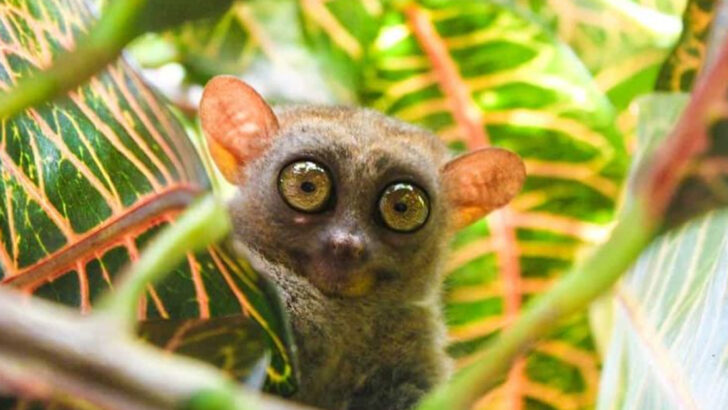Some creatures here look like they crawled straight out of a dream—or a sci-fi movie.
The Philippines doesn’t do boring wildlife. It’s a place where tiny primates cling to trees with saucer eyes, giant lizards roam sun-drenched cliffs, and fish strut around like they own the reef. On these islands, nature doesn’t whisper. It roars, chirps, hums, and glows.
This is where jungle meets ocean, where mountains drop into deep blue, and evolution got a little… creative. Think flying lemurs (that don’t actually fly), snakes that swim better than they slither, and deer no taller than a golden retriever.
Whether it’s hiding in the treetops or shimmering beneath the waves, the wild side of the Philippines is impossible to ignore—and far too cool to miss.
Philippine Eagle

In the heart of the Philippine forests, the Philippine Eagle reigns supreme. Known as the “Monkey-eating Eagle,” this bird of prey boasts an impressive wingspan. Its keen eyesight and strong talons make it a formidable hunter.
Unfortunately, it is critically endangered due to habitat loss. Conservation efforts are vital for its survival.
A symbol of national pride, the Philippine Eagle’s image evokes both admiration and urgency to protect its habitat, ensuring future generations witness its grandeur.
Tarsier

Peering through the moonlit nights of Bohol’s forests, the Tarsier captures hearts with its oversized eyes. This nocturnal primate is one of the smallest in the world.
Its eyes are so large they can’t move in their sockets, so it turns its head 180 degrees to see around. A unique adaptation indeed!
Sadly, the Tarsier faces threats from habitat destruction and tourism. Gentle conservation practices are crucial to safeguard this tiny marvel’s future.
Carabao
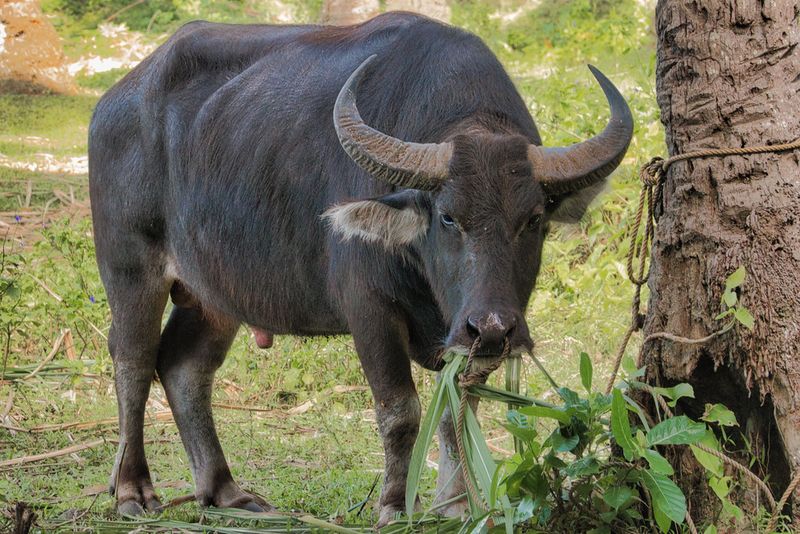
In the sun-kissed fields of rural Philippines, the Carabao stands as a testament to agricultural heritage. This water buffalo is revered for its strength and resilience.
Farmers rely on it for plowing fields and transporting goods. Its gentle demeanor belies its immense power.
The Carabao symbolizes a hardworking spirit, deeply ingrained in Filipino culture. It serves as a reminder of the harmonious relationship between man and nature in rural life.
Philippine Crocodile

Basking under the tropical sun, the rare Philippine Crocodile makes its presence known. Smaller than its infamous relatives, it resides in freshwater habitats.
This critically endangered reptile faces threats from illegal fishing and habitat destruction. Conservation initiatives are in place to protect this unique species.
Witnessing a Philippine Crocodile in its natural setting is a reminder of the delicate balance of ecosystems and the efforts needed to preserve them.
Dugong
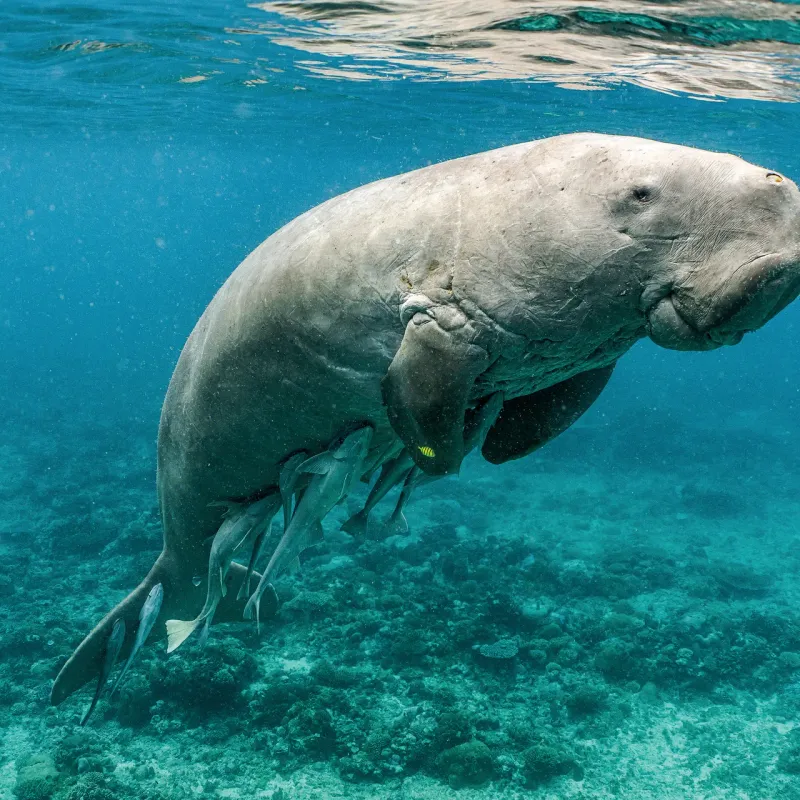
In the serene coastal waters of the Philippines, the Dugong, also known as the “sea cow,” glides gracefully. This gentle herbivore feeds on sea grasses and is integral to marine ecosystems.
Dugongs face threats from boat collisions and habitat degradation. Conservationists are working tirelessly to ensure their survival.
The sight of a Dugong in the wild offers a glimpse into the rich marine life of the Philippines and the importance of preserving these habitats.
Palawan Peacock-Pheasant

Deep within the forests of Palawan, the Palawan Peacock-Pheasant parades its iridescent feathers. This bird is a marvel of nature’s artistry.
Its dazzling colors and intricate patterns make it a sight to behold. However, deforestation poses a significant threat to its habitat.
Efforts to protect the Palawan Peacock-Pheasant highlight the need for habitat conservation, ensuring this colorful creature continues to thrive.
Tamaraw
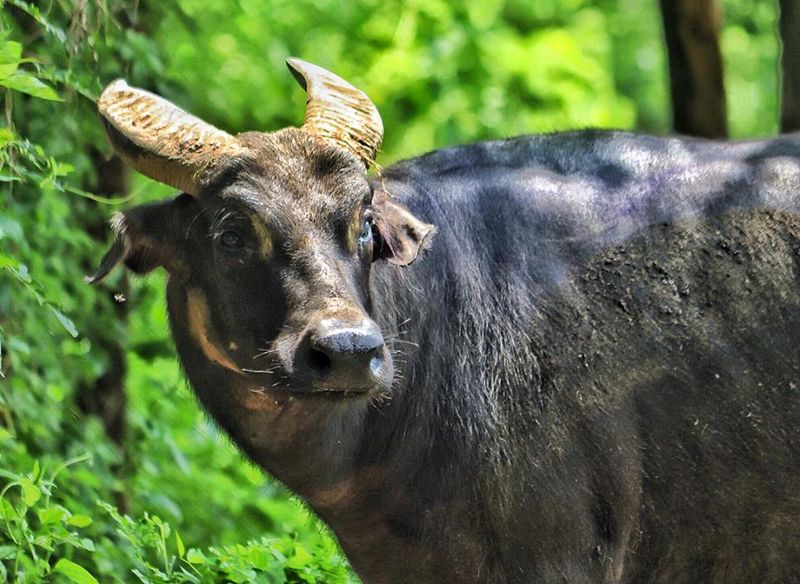
In Mindoro’s grasslands, the elusive Tamaraw roams quietly. This dwarf buffalo is smaller than its mainland relatives but equally resilient.
With distinctive V-shaped horns, it carries an air of uniqueness. Sadly, its numbers are dwindling due to habitat encroachment and poaching.
Conservationists work diligently to protect the Tamaraw, a symbol of the Philippines’ natural heritage, emphasizing the importance of preserving biodiversity.
Visayan Warty Pig
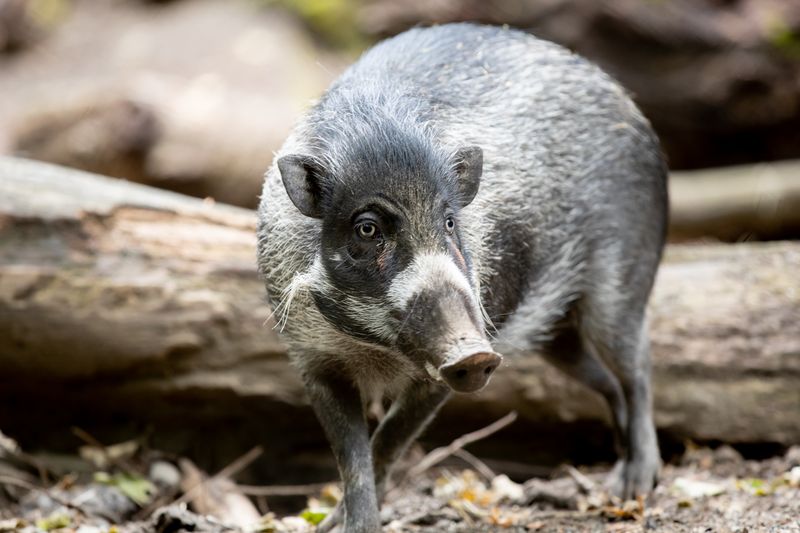
In the thick underbrush of Visayan forests, the Visayan Warty Pig digs for roots and tubers. This pig is easily recognizable by its warty face and coarse hair.
Once widespread, it now faces habitat loss and hunting pressures. Conservation programs are crucial for its survival.
The Visayan Warty Pig’s presence in the wild serves as a reminder of the fragility of ecosystems and the need for sustainable practices.
Philippine Flying Lemur

Soaring through the rainforest canopy, the Philippine Flying Lemur captivates with its gliding prowess. Its membrane, or patagium, allows for effortless movement between trees.
This nocturnal creature relies on forested areas for survival, now threatened by deforestation. Conservation efforts are vital to ensure its continued existence.
Observing the Philippine Flying Lemur inspires awe and underscores the importance of protecting rainforest habitats.
Philippine Mouse Deer
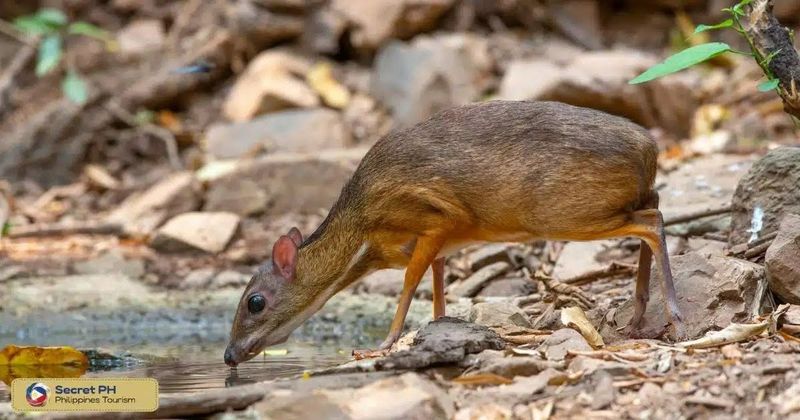
The forest floor of the Philippines hides the elusive Philippine Mouse Deer. Known locally as “Pilandok,” it is among the world’s smallest hoofed mammals.
With its petite stature and shy demeanor, it often goes unnoticed. Yet, its role in the ecosystem is vital.
Conservationists endeavor to protect the Philippine Mouse Deer from threats like habitat destruction, ensuring its continued presence in the wild.
Philippine Spotted Deer

Standing proudly in the dense forests of the Philippines, the Philippine Spotted Deer commands attention with its striking coat. The white spots set against a dark background camouflage it perfectly.
Unfortunately, deforestation and hunting have pushed it to the brink of extinction. Conservation efforts aim to revive its population.
The Philippine Spotted Deer represents the country’s rich biodiversity, emphasizing the urgent need for protective measures.
Philippine Cobra
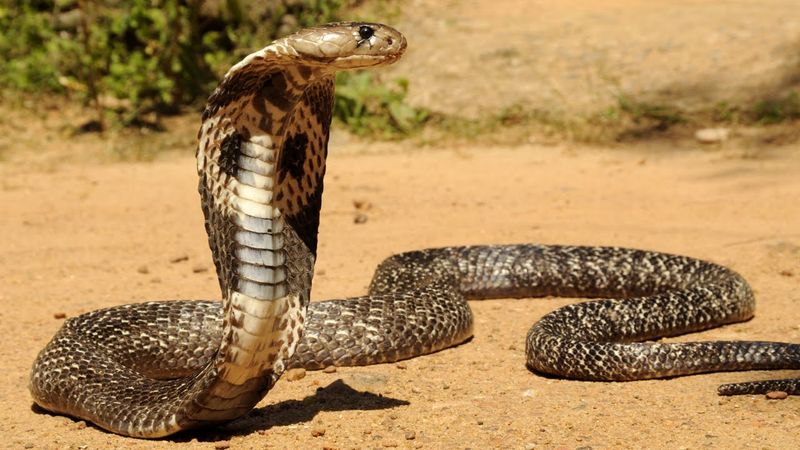
In the grassy landscapes of the Philippines, the Philippine Cobra silently commands respect. Known for its potent venom and distinctive hood, it is a master of stealth.
While its bite is dangerous, it plays a crucial role in controlling rodent populations. Awareness and caution are key to coexisting with this reptile.
Understanding the Philippine Cobra’s role in the ecosystem encourages appreciation and respect for its presence.
Whale Shark
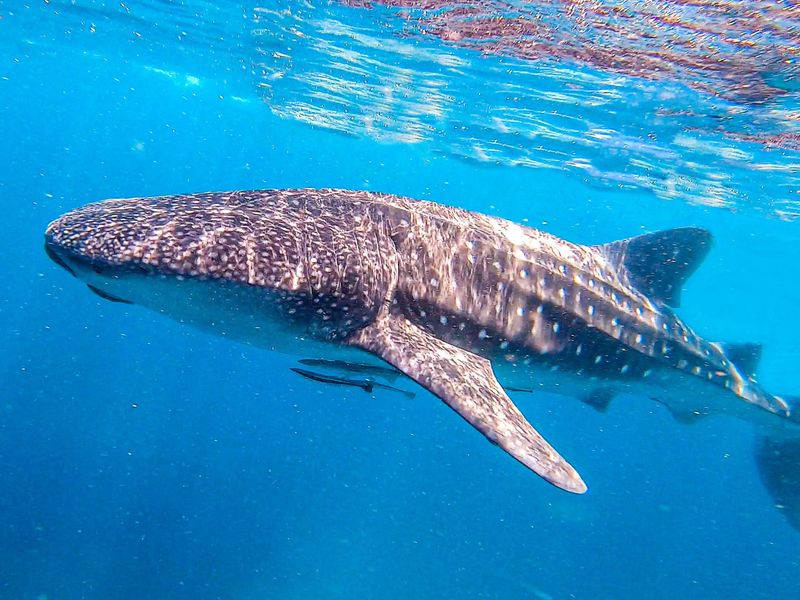
Majestic and gentle, the Whale Shark glides through the warm Philippine waters. Known as the largest fish in the sea, it feeds primarily on plankton.
Its sheer size and grace make it a popular attraction for divers and eco-tourists. Conservation efforts are crucial to ensure their habitats remain pristine.
The presence of Whale Sharks highlights the Philippines’ marine diversity and the need for responsible conservation practices.

